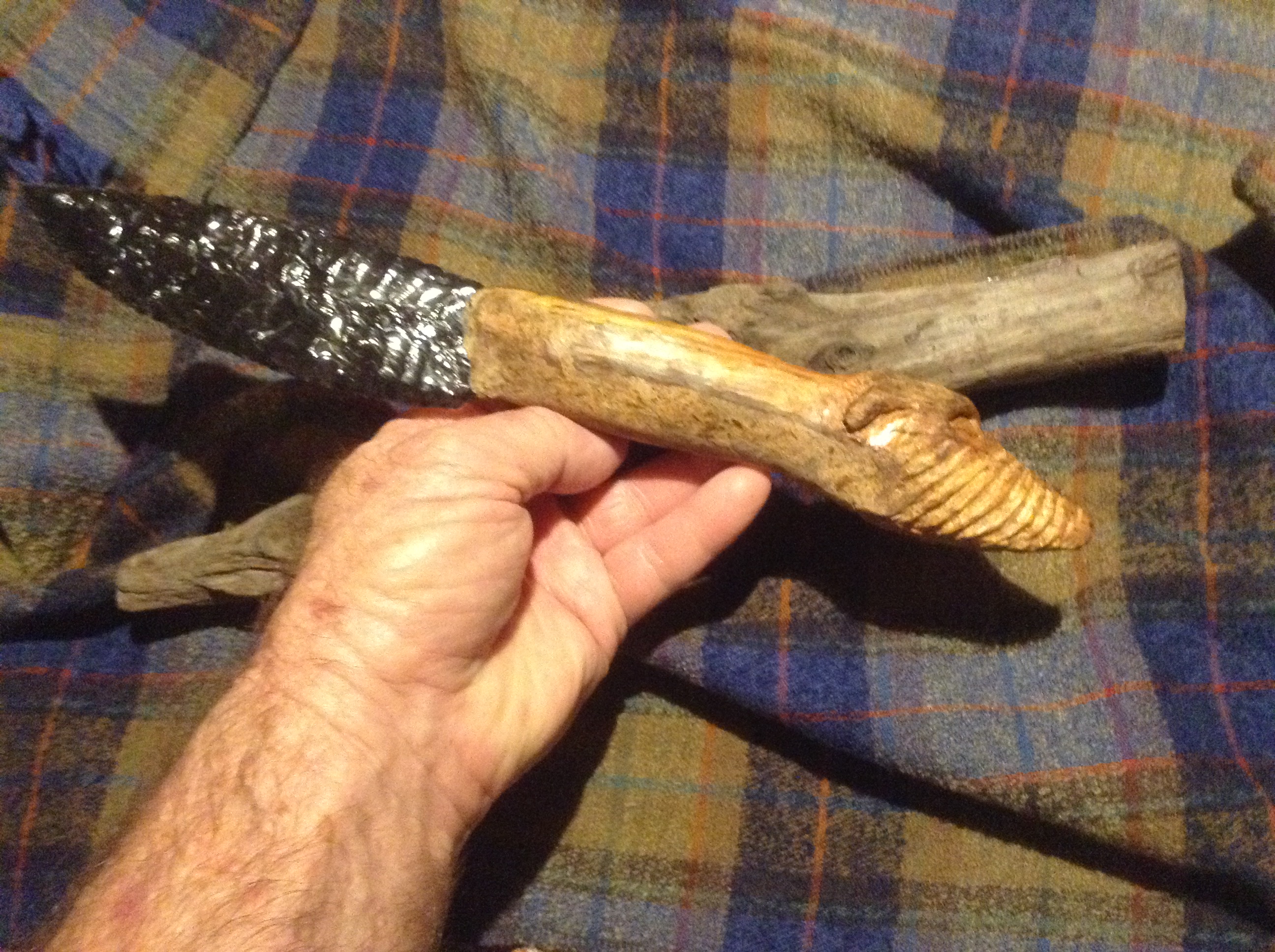

They also examined cuts made by the different blades under the microscope and the steel scalpel actually tore the flesh and created a ragged edge, whereas the obsidian blade was much cleaner and crisper.
Obsidian scalpel studies portable#
Chipped stone specialist Tristan Carter from McMaster University is studying chemical composition on an obsidian core through a portable X-ray Florescence (pXRF) device.Īll tools made by grinding techniques are called ground stones. Depending on the edge being analyzed, he found that the obsidian was 210 to 1050 times sharper than the steel surgical scalpel. The cutting edge of a piece of obsidian is sharper than a scalpel, and it was preferred by tool makers of the Neolithic period. Each blade is hand-fashioned, so sizes, shapes and points will vary.

Great care should be taken not to exert any lateral pressure on the blade during cutting. Cautionary note: Obsidian is a very fragile material. For many years, Anatolia exported processed obsidian to the Near East and to Cyprus. The relatively inexpensive obsidian scalpel is a good substitute for an expensive diamond knife. Obsidian is found in very few countries, but it can be traced to Anatolian sources such as Mount Hasan, Mount Nemrut, Mount Ararat, İkizdere, Sarıkamış, and the terrain around Kars. Obsidian, which is a type of natural glass, is formed as volcanic lava cools during eruptions. For studies where trace metals from ordinary scalpel blades cannot be tolerated, these very special obsidian scalpels may provide the answer, the company says.


 0 kommentar(er)
0 kommentar(er)
